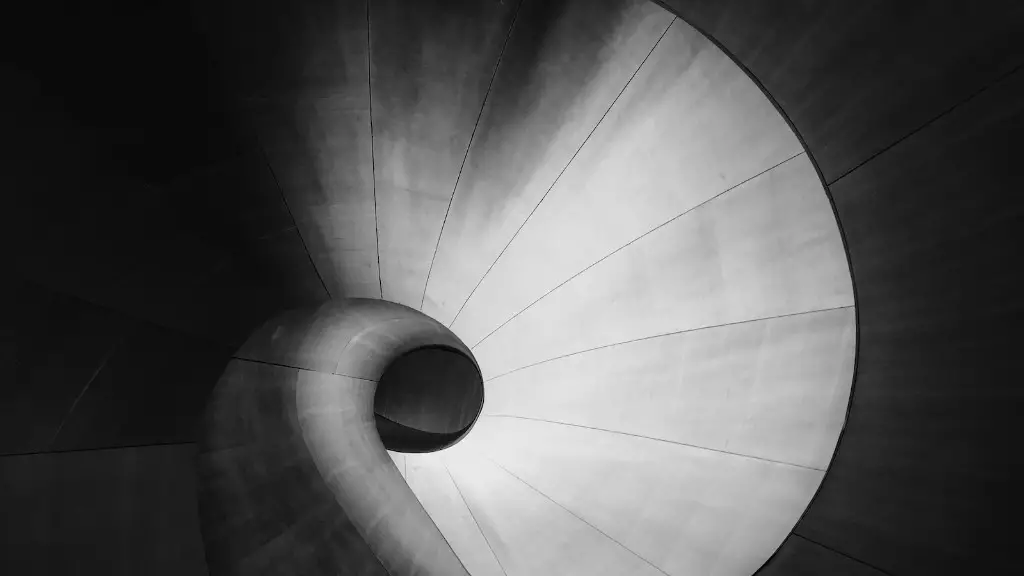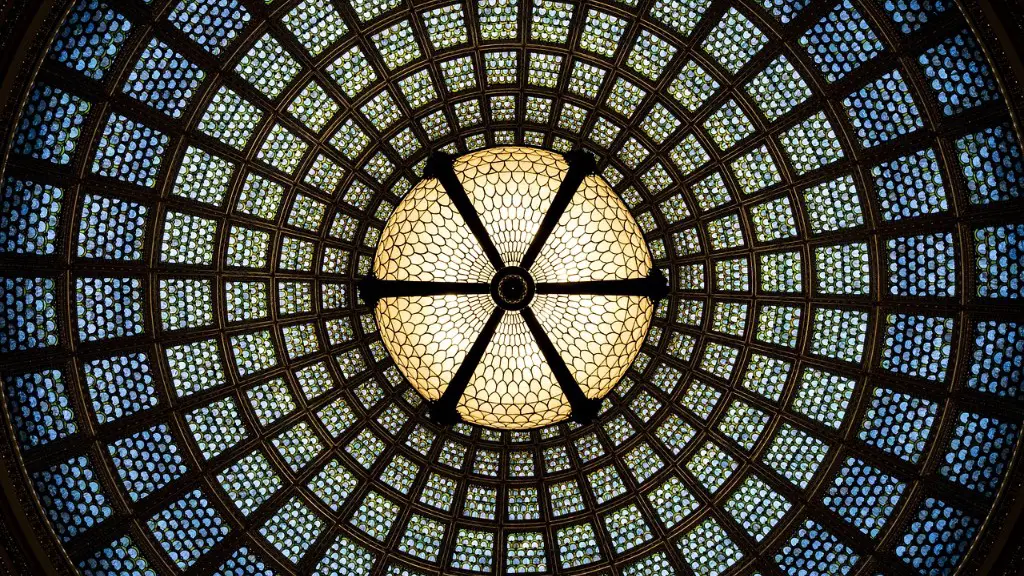Introduction
Blender is a powerful and free open-source 3D software that has been used by professionals and hobbyists around the world to create stunning 3D models, scenes and animations. With its intuitive UI and versatile tools, Blender has become a popular go-to application for Architects when designing a project. In this article, we will provide a comprehensive guide on how to make architecture in Blender.
Tools
Before getting started, let’s take a look at the basic tools available in Blender for creating Architectural designs. The two main tools for creating architectural designs in Blender are Meshes and Curves. Meshes are shapes made up of polygons and are used for creating walls and ceilings. Curves are lines, circles and polygons created using Bezier curves and are used for sketching, drawing or decorating.
Blender also includes a large range of other tools, such as extrusion, beveling, snapping, joining and Boolean operations. Additionally, there are a variety of modifiers available, such as mirror, array, subsurf, shatter and smoke, which can be used to enhance your design. All of these tools can be used to create complex, realistic and intricate architectural designs.
Modelling
Once you are familiar with the tools available, it’s time to start modelling. The first step is to create a 3D base, usually consisting of a floor and walls. This can be achieved using the mesh tools in Blender by extruding, beveling and scaling objects. As you are modelling, it’s important to pay attention to scale and proportions. If your base is correct, it will save you a lot of time in the end.
Once the base is complete, additional objects, such as doors, windows, furniture and decorations can be added. These can be created from scratch or used from a library of pre-made objects. Additionally, Blender includes a built-in particle system, as well as a library of materials and textures, which can be used to make your design Pop!
Lighting
Lighting plays a significant role in creating realism and atmosphere in architecture. In Blender, you can easily add specific lights to create the desired ambience. Blender includes both point lights and area lights, which can be used to create realistic lighting and shadows. Additionally, Blender has an amazing ray tracing feature, which can be used to simulate realistic lighting and effects.
For exterior lighting, Blender includes a daylight simulator, which can emulate sun and sky environments. You can also create realistic reflections by adding a halo to your lights. This will generate a powerful reflection in your rendered image.
Rendering
Once you have finished modelling and lighting your design, it’s time to render it. With Blender, you can render your design easily with a single click. Blender includes several built-in render engines, such as Eevee, Cycles and Workbench, which can be used to render realistic and stunning images. You can also add post-processing effects, such as bloom, god rays and depth of field, for an added level of realism.
Blender also has a powerful Real-Time rendering feature, which is perfect for presentations and quick design iterations. With Real-Time rendering, you can make changes to your designs quickly, without waiting for the render to finish.
Animation
Blender also has a great animation feature, which can be used to create stunning animated architectural presentations. You can quickly animate objects, such as doors opening, cars driving, and clouds moving. Additionally, you can animate materials, such as water and smoke, which look great when presenting an architectural design.
Blender’s animation feature includes an in-built curve editor, which can be used to add extra detail and control to your animations. You can also add audio and export your animation as a video file, making it easy to share your design with others.


